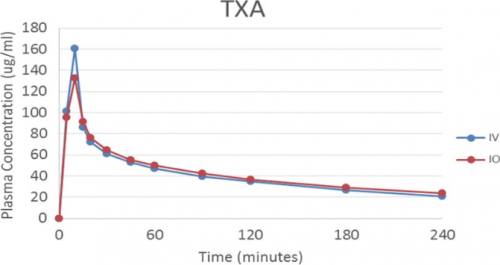Most trauma centers have a book of practice protocols or guidelines. Actually, it is required by the American College of Surgeons verification standards. All centers must have a massive trauma protocol. Many have pain management or alcohol withdrawal or a number of other protocols. The question sometimes arises: why do we need another protocol? Why can’t I do it my own way?
I’ve looked at the literature, and unfortunately there’s not a lot to go on. Here are my thoughts on the value of protocols/guidelines.
In my view, there are a number of reasons why protocols need to be developed for commonly encountered issues.
- They allow us to build in adherence to any known literature support (evidence based).
- They help conserve resources by standardizing care orders and resource use. This means they save money!
- They reduce confusion. Nurses do not have to guess what cares are necessary based on the specific admitting surgeon.
- They reduce errors for the same reason. All patients receive a similar regimen, so potential errors are more easily recognized.
- They promote team building, particularly when the protocol components involve several different services within the hospital.
- They teach a consistent, workable approach. This is especially important to our trainees. When they graduate, they are familiar with a single, evidence based approach that will work for them in their practice.
Tomorrow, I’ll write about imaging guidelines, and how they can help avoid VOMIT (victims of medical imaging technology).
Bottom line: It’s interesting that there are so many articles about practice guidelines, but very few explaining why they are important. Although the proof is not necessarily apparent in the literature, protocol and guideline development is important for trauma programs for the reasons outlined above. But don’t develop them just so you can have an encyclopedia of fifty! Identify common problems that can benefit from the consistency they provide. It will turn out to be a very positive exercise and reap the benefits listed above.


